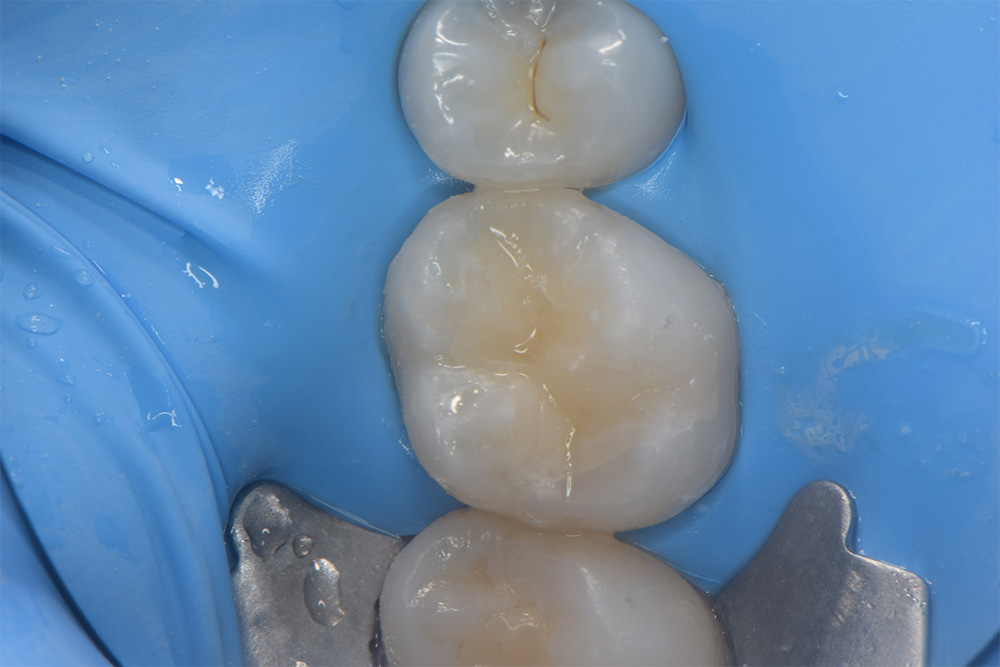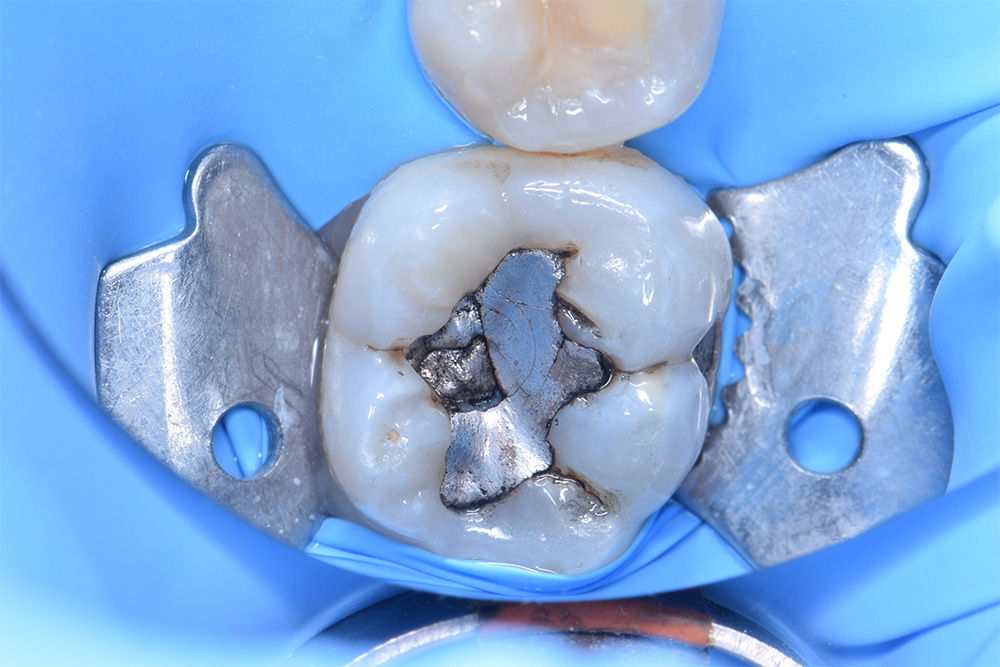If you have taken a closer look at your teeth, you might find silvery-grey fillings.
Those are commonly known as “mercury fillings” but they’re really a mix of materials and called a “dental amalgam”.
An amalgam is a material made from different elements. In the case of a mercury filling, they are a blend of copper, silver, tin and mercury. For each unit of a dental amalgam, about 50 per cent is mercury.
Mercury is poisonous.
Mercury is indeed poisonous to humans, but only if a person ingests, inhales or comes into contact with a large quantity of mercury.
People who are likely to get mercury poisoning are the ones who eat a lot of fish, live near a mine or work in a setting where mercury could be airborne such as mines, labs and industrial locations. Most Singaporeans do not fall within these risk groups.
However, if mercury is directly in your teeth, does that present an immediate risk?
The biggest risk with dental amalgams that use mercury is the effects of long-term exposure of mercury, supplemented by the fact that the mercury is in a place where you can swallow it.
Therefore, are mercury fillings poisonous?
Prior to the new millennium, dentists in Singapore have used mercury fillings as the main dental filling material.
If you have had dental fillings in the ’80s, ’90s or early millennium, you might have had these mercury fillings. They have proven the most cost-effective, reliable and durable filling for decades.
Mercury fillings can release a small amount of mercury over time and is worsened if a person grinds or clenches their teeth. The quantity released is generally small and does not pose a risk to most people.
In fact, research from around the world shown that there’s no conclusive evidence to prove that mercury fillings pose a danger to a person’s health.
According to the U.S. Food and Drug Administration,
“In general, people with multiple dental amalgam fillings may have slightly higher mercury levels in their blood or urine, however, they usually remain at a level considered safe. Studies on people with dental amalgam do not show conclusive evidence that dental amalgam causes harmful health effects in the general population.”
And the British Dental Association says,
“We have worked alongside the Council of European Dentists (CED) to avoid a full ban of dental amalgam … amalgam remains one of a range of safe and effective filling materials that are available to dentists to provide the most appropriate treatment for the needs of each individual patient.”
Should you remove mercury fillings?
At Gentle Smile Dental Studio, we remove mercury fillings on a case-by-case basis, but generally, mercury fillings are only removed and replaced if there’s a treatment that needs to be done.
For example, if your tooth’s filling is worn and damaged, the dentist could use this opportunity to replace it with a more modern material.
Outside of these circumstances, removing a filling for the sake of removing the filling is generally not recommended for two reasons.
One, every dental intervention might cause the weakening of your tooth structure, and two, removal of mercury fillings will cause a temporary spike in mercury levels.
That said, there are people who might be at higher risk of mercury poisoning:
- Pregnant women and breastfeeding mothers
- Very young children
- People who are allergic to mercury
Some possible effects of mercury poisoning include,
- Unexplained fatigue, sluggishness, clumsiness
- Changes in mood
- Sleep disorders
- Difficulty remembering
- Uncontrolled shaking
The best way to know if you should get your dental fillings replaced is by contacting our dentists here.
SMART certification for mercury filling removal
As there is some risk involved with manipulating mercury fillings, the International Academy of Oral Medicine & Technology (IAOMT) have developed a set of techniques to safely remove mercury fillings.
Gentle Smile Dental Studio’s Dr. Kelvin Chua is a SMART dentist from IAOMT since 2016.
At our clinic, we take steps laid out by the SMART process including,
- Air filtration to ensure no inhalation of mercury vapour
- Dental dams to ensure that mercury fillings do not get swallowed or inhaled
- Saliva extractor to reduce mercury exposure
There are many more steps to the SMART procedure that you can view here.
We use modern dental filling materials

A modern bonded composite restoration
Gentle Smile Dental is a mercury-free dental clinic as we prefer to use modern materials made from composites, glass ionomers and porcelain. Here’s why.
White in colour
Unlike mercury fillings, modern fillings can be white in colour and therefore blend much better into your teeth. They also have a matte look to them, which helps them blend into your teeth much better than the reflective material of mercury fillings.
Advances in technology
Advances in modern materials have allowed them to come close to the reliability and durability of mercury fillings.
This was not the case for many decades, but the dental community now has a material that is reliable, long-lasting and durable.
Environmentally friendly
A global shift to move away from mercury fillings comes from the acknowledgement that we are stewards of our environment.
Mercury fillings have a limited lifespan of 10-25 years, and therefore when they are discarded, they can contaminate our water supply.


